pv magazine: For those of our readers not familiar with Spotlight Solar, can you talk about your company and its products?
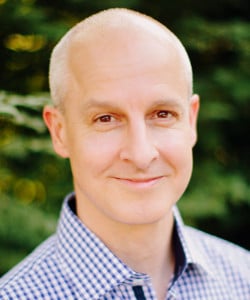 Craig Merrigan: Spotlight Solar makes aesthetic solar structures for high visibility locations. Most people call them solar trees, maybe for the lack of a better term. The point of these structures is to bring solar into the public view in a compelling way, to make a statement of clean energy advocacy. This does two important things: it promotes the greater adoption of solar, and it brings new value to the return on solar – the value of visibility.
Craig Merrigan: Spotlight Solar makes aesthetic solar structures for high visibility locations. Most people call them solar trees, maybe for the lack of a better term. The point of these structures is to bring solar into the public view in a compelling way, to make a statement of clean energy advocacy. This does two important things: it promotes the greater adoption of solar, and it brings new value to the return on solar – the value of visibility.
pv magazine: Why for you is it important to make solar visible to the public?
Merrigan: Visibility helps to accelerate the adoption of solar energy. It’s been shown that any new technology goes through phases of adoption, and that one of the keys to moving from early adoption to the mainstream is for that new technology to be visible – in use among people that we can relate to or respect. It’s called the Neighbor Effect. If organizations like companies, local government, and universities can be seen to be using solar energy, this will help to accelerate the adoption of solar more broadly. This is the best reason to make solar more visible.
Another thing that we have seen is that while solar brings value to clients in the form of cost savings, there is an environmental benefit that has been under-leveraged. Cost savings have been very well packaged and put into financial instruments, etc. But environmental impact, which most people value, has been much less activated. Let me expand on that a little bit.
The vast majority of people appreciate solar energy and want to see more of it in use. People ascribe positive attributes to organizations that are leading and investing in clean energy, and rightly so. We know that people prefer to do business with organizations that are good stewards of the environment and their communities – again, rightly so. So, we say “show your solar!” When people know that a certain company/organization is helping the environment, they will prefer to do business with that company, bringing it more resources to keep doing the good you’re doing.
I’ll give an example of one of our clients. The Orange County Convention Center in Orlando, Florida has a megawatt of PV on the roof, which provides a return on investment. It is also a LEED Gold rated building, but both of those things are invisible to the eye. They’ve invested in these projects for their financial return, for their positive impact, and because they know their visitors value this behavior. But, unless they run rooftop tours, no one visiting will know about the solar on the roof, or that they have achieved LEED Gold rating. And they have a million and a half people per year whose attitudes they can influence by demonstrating their commitment to these values.
So, the convention center has added four of our aesthetic solar structures in prominent places around the property, where they can be seen by the 1.5 million visitors per year. Each has a sign that explains that while these structures generate an appreciable amount of clean energy this is a small fraction of the solar energy in use on the convention center with a QR code that visitors can scan to learn more.
The more people that see solar in use at the convention center, the more they will consider solar for themselves and prefer that convention center for their events… the more profitable the facility will be… the more it can invest in clean energy and efficiency… the more their competitors will follow suit — a virtuous circle that adds more value to the solar equation. We call it ‘return on visibility’.
pv magazine: What effect do you think seeing solar has on public support and political support for solar?
Merrigan: ‘The neighbor effect’ is a very powerful influence on adoption rate, not only in solar, but in other technologies early in the adoption curve (and at 2% of all generation, solar is decidedly early). When we see our peers or people we respect doing something, we become more likely to do it ourselves.
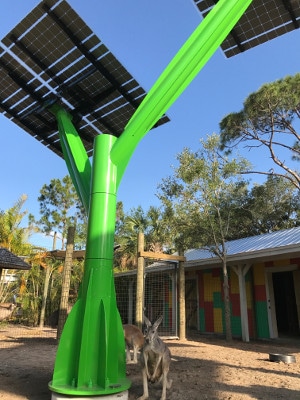 This is the effect of making solar more visible, and in an appealing way. It brings it to people’s minds in a new way, causing them to think “it might be time for me to do this myself, either for my business or my home.”
This is the effect of making solar more visible, and in an appealing way. It brings it to people’s minds in a new way, causing them to think “it might be time for me to do this myself, either for my business or my home.”
We’ve also found, to our delight, that placing solar where a lot of people can see it brings it to some interesting and fun places. Science museums like the new Frost Science in Miami, universities with amazing architecture and environmental track records like UC San Diego, parks, and zoos. There are even flamingos and kangaroos living right underneath our brightly colored solar structures. Why on earth would we place solar with flamingos? Because that’s where the people are! The people we want to influence with a really memorable experience of solar.
pv magazine: How does it change the business model of a company to work not on cost per watt, but on the less tangible metrics of engaging the public
Merrigan: For a solar EPC, aesthetic solar products are offered as complementary to a larger rooftop or ground mount system that is out of view. The product adds another layer of value, and lets the EPC answer the clients’ question they are hearing more and more: “how can I make this more visible?” But to your point, it’s a little bit of a different value proposition.
Fortunately, the clients know how to do the math. So, if you show a photo rendering of a couple of our structures in front of a clients’ building, one that has visibility and understands the value of their reputation to their shareholders, the client tends to get it immediately. They understand if they are a retail business, or a hotel, as examples, how it might affect how potential customers may view their business, and how it adds value to the return they expect from the rooftop system, and how it helps them to be a leader, advocating for clean energy.
Seven years ago, when we first had this conversation the public was a little less ready for that. This secondary value is a lot easier to digest now.
We also try very hard to help our partners. To help our EPCs evaluate the value of visibility in different contexts – how the value proposition changes fora mixed-use facility, versus a stadium, versus a zoo, we create photo renderings to help clients envision the end result and the benefit it can bring.
This content is protected by copyright and may not be reused. If you want to cooperate with us and would like to reuse some of our content, please contact: editors@pv-magazine.com.
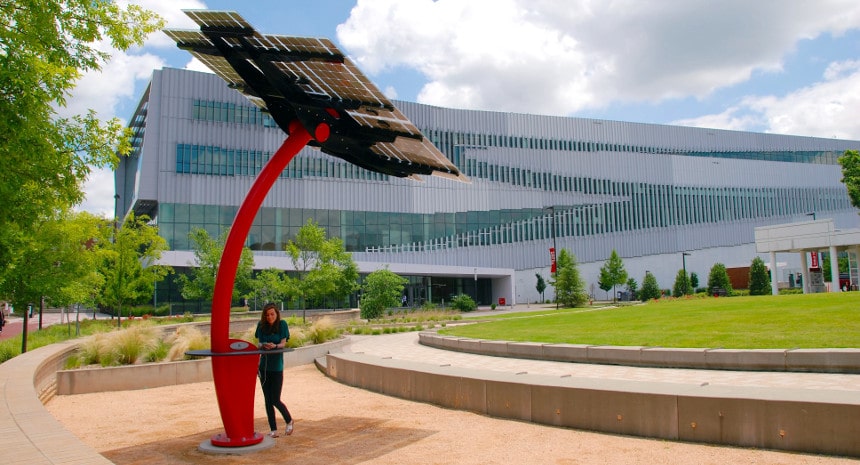




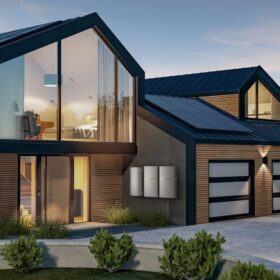
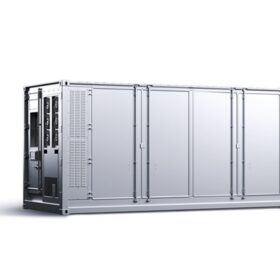
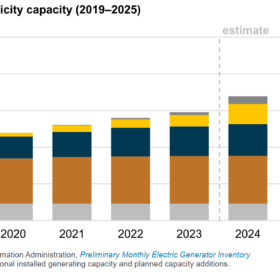
By submitting this form you agree to pv magazine using your data for the purposes of publishing your comment.
Your personal data will only be disclosed or otherwise transmitted to third parties for the purposes of spam filtering or if this is necessary for technical maintenance of the website. Any other transfer to third parties will not take place unless this is justified on the basis of applicable data protection regulations or if pv magazine is legally obliged to do so.
You may revoke this consent at any time with effect for the future, in which case your personal data will be deleted immediately. Otherwise, your data will be deleted if pv magazine has processed your request or the purpose of data storage is fulfilled.
Further information on data privacy can be found in our Data Protection Policy.